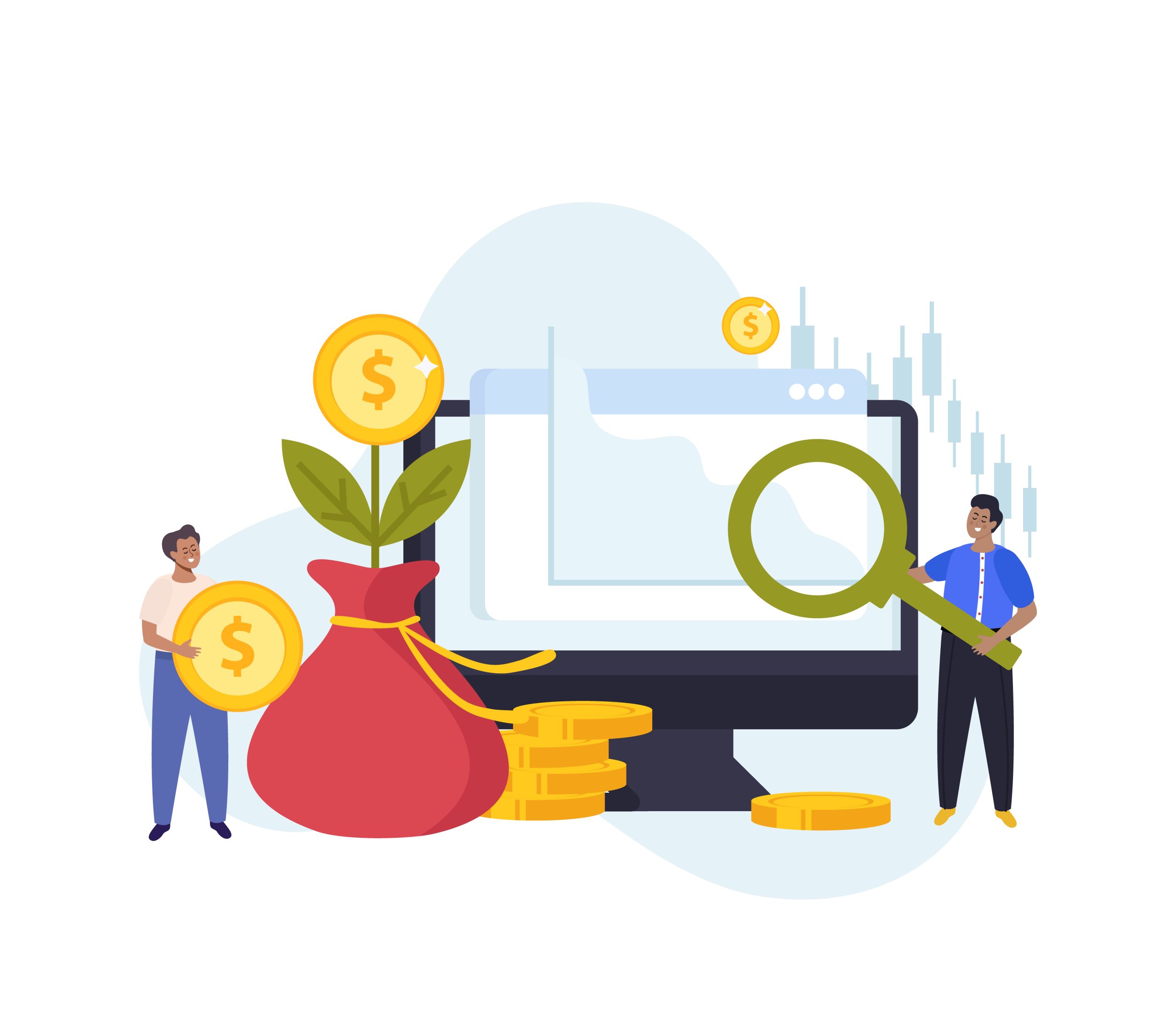Businesses start at square one each month. To pay their rent, employees, expenses, vendors, suppliers, and other bills, they must sell enough of their products and services. Of course, they can collect receivables for a while; but eventually, that money will run out as well.
The problem is that so many businesses operate with what I refer to as the “taxi model”—collect a fare, get paid, and go find the next fare.
This model is especially common in construction. Contactors are so focused on meeting deadlines, finishing up projects, and getting paid that the next job isn’t always lined up. Inevitably, this ushers in tough seasons where very little money is coming in.
Even if you don’t own a contracting business, you may still encounter slow months if your business isn’t able to maintain a steady flow of sales. With the lack of revenue, you may be forced to cut expenses, lay off employees, and inject your own money into the business.
Surely there’s a better way to weather these valleys.
The solution? Recurring revenue.
In my opinion, these are the two most important words in business.
At our CPA firm, we are especially prone to slow seasons. Most of our work is done during six months out of the year. When tax planning is done and returns are in, how do we generate income to pay staff, overhead, and day-to-day expenses?
By implementing multiple recurring revenue models, we always have streams of income to help carry us through downturns and slow periods.

If you need more reasons to implement recurring revenue, consider the following benefits:
- It allows you to earn money during slow months.
- It lowers your risk by providing you with a financial cushion.
- It provides payments for work that has already been performed.
- It makes recruiting new employees easier due to cash flow certainty.
- It makes budgeting easier from one month to the next.
- It makes your business more attractive to investors, lenders, and other institutions.
- It allows you to spend more energy on your business than on scrounging up enough sales to meet your budget.
- It increases the valuation of your business overall.
The best part? It’s easier than ever to generate recurring revenue streams for your business. Just think about how software is typically sold today. Rather than charging a one-time fee, businesses are selling their software as a subscription service. To keep the software active and registered, customers must pay a monthly fee.
If you’re still unconvinced that recurring revenue can have a significant impact on the trajectory of your business, you need only compare the fate of Blockbuster to that of Netflix.
The Fall of Blockbuster: A Cautionary Tale
For years, Blockbuster operated with individual movie rentals as their main business model. Then Netflix Inc. came along and debuted a recurring revenue model in 1999—a subscription service that allowed users to receive DVD rentals by mail for a monthly fee.
The rest is history. Netflix’s recurring revenue stream allowed them to weather slow seasons, including the “Great Recession” of 2007–2009. Today, their recurring revenue model has been further refined and the company is worth more than $180 billion.
Unable to adapt to the changing home video landscape, Blockbuster folded, and all of its stores had closed by 2014.
5 Recurring Revenue Models to Implement at Your Business
Any business can create a recurring revenue stream to help sustain them during hard times. Here are five models to consider:
Level 1: Repeat Customers
This model is a basic building block of any successful business. It involves a product or service that meets an ongoing need, and it requires you to persuade customers to keep coming back.
Level 2: Monthly Billing
This model offers all of the same benefits as the previous model. Repeat sales are made easier, however, as your business automatically bills the customer each month for your services.
Level 3: Contract
With a contract in place, your business can count on monthly revenue across the entire term of the contract. This makes it more difficult for your customer to leave you for a competitor without incurring fees or penalties.
Level 4: Sequential Revenue
By providing a service with multiple tiers, you can upsell to existing customers as their needs evolve. Customers will typically enroll in your low-cost, entry-level tier at first, but eventually upgrade to higher tiers with better features and capabilities.
Level 5: The Network Effect
If you develop a product or service whereby the benefit becomes greater as more customers join, it raises the ceiling on the amount of recurring revenue your business is able to generate!